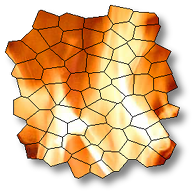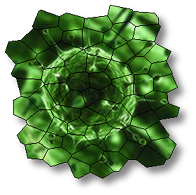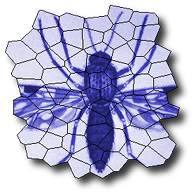Our research focusses on modelling naturally occurring complex systems, particularly spatial systems such as wildfire/bushfire dynamics and the spread of disease among communities (pandemic influenza) and over the landscape (bluetongue virus and foot and mouth disease).

Wildfire Simulation Research
Wildfires occur on every continent except Antarctica and can cause significant damage to property and human life. We are developing tools to rapidly simulate and forecast fire spread, both interactively and automatically from satellite hotspot and weather feeds, which can be used to inform operational responses to actual wildfires or as a research tool to evaluate predictive models against documented historical wildfires.

Influenza Modelling
One of the research group's projects is the computational modelling of the spread of infectious respiratory diseases such as influenza. We have developed a simulation model for influenza spread, and applied it to the problem of determining optimal use of limited resources such as targeting of antiviral drugs and initial supplies of vaccine.

Blue Tongue Disease Modelling
Bluetongue virus is an infectious disease of cattle and sheep that is spread by midges (small biting flies). We are developing simulation model for BTV in Australia to predict the future location of the disease following introduction of a novel virus strain or an incursion into a previously disease free area, and to allow for the determination of optimal control or eradication policies.
